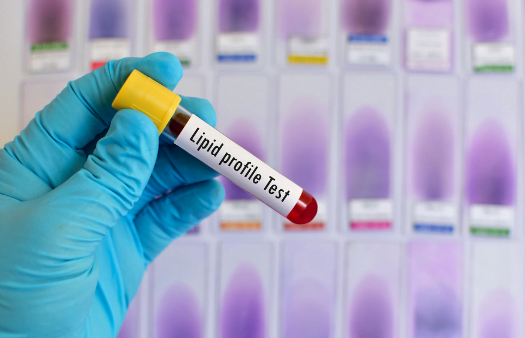Cardiovascular & Lipid Toxicity Testing in Preclinical Models
In the realm of clinical and healthcare testing, cardiovascular and lipid toxicity testing in preclinical models plays a pivotal role in ensuring the safety and efficacy of pharmaceuticals and biologics before they reach human subjects. This service is particularly crucial for assessing potential adverse effects on cardiovascular systems and lipid metabolism due to drug candidates or new formulations.
Cardiovascular toxicity refers to the harmful effects that certain compounds can have on heart function, blood flow, and overall cardiac health. Lipid toxicity concerns disruptions in lipid metabolism pathways leading to undesirable changes in serum lipids such as cholesterol and triglycerides. Understanding these potential impacts early in development helps mitigate risks associated with adverse drug reactions.
The preclinical phase is the first step where we use animal models—typically rodents like rats or mice—to evaluate how different compounds affect various physiological parameters. These tests provide valuable insights into the likelihood of adverse effects seen later during clinical trials and subsequent phases.
Our laboratory utilizes state-of-the-art equipment for precise measurement and analysis, ensuring reliable data collection throughout each phase of testing. From sample preparation to final reporting, our processes are designed to meet stringent quality control standards set forth by relevant international bodies like ISO, ASTM, EN, IEC, and others.
The process begins with selecting appropriate animal models based on the specific characteristics and pathophysiology of diseases being studied. Once chosen, animals undergo rigorous testing using various methodologies including but not limited to echocardiography, electrocardiograms (ECGs), blood chemistry analyses, and histopathological evaluations.
For lipid toxicity assessment specifically, we employ techniques such as high-performance liquid chromatography (HPLC) for quantifying lipids in serum samples. Additionally, functional assays may be conducted to assess enzyme activities or gene expression levels related to lipid metabolism pathways.
Data interpretation involves comparing observed changes against established reference ranges and published literature values relevant to the particular model used. This allows us to identify potential risks early on so that corrective actions can be taken if necessary.
Our comprehensive approach ensures not only accurate identification of possible cardiovascular or lipid-related issues but also provides detailed recommendations for further refinement of investigational products. By leveraging cutting-edge technology and experienced personnel, we offer reliable results that contribute significantly towards safer drug development practices.
Eurolab Advantages
- Advanced Equipment: Utilization of cutting-edge technology ensures precise measurements and accurate results.
- Experienced Personnel: Our team consists of highly qualified scientists with extensive experience in cardiovascular and lipid toxicity testing.
- Comprehensive Reporting: Detailed reports including recommendations for modifications or improvements based on test outcomes.
- Regulatory Compliance: Ensures strict adherence to Good Laboratory Practice (GLP) standards ensuring consistency and reproducibility.
International Acceptance and Recognition
Eurolab's reputation for excellence in clinical and healthcare testing is widely acknowledged both domestically and internationally. Our services are recognized by numerous regulatory authorities worldwide, including the FDA, EMA, and WHO among others.
The international acceptance of our work stems from our unwavering commitment to maintaining high ethical standards and adhering strictly to relevant guidelines. This has earned us a reputation for providing reliable data that contributes significantly towards ensuring patient safety and effective treatments globally.
Competitive Advantage and Market Impact
- Precision: Our advanced equipment and rigorous protocols ensure highly accurate results which can give clients a competitive edge in the market.
- Expertise: With our experienced team of scientists, we bring unparalleled expertise to every project.
- Compliance: By maintaining strict adherence to international standards and regulations, we ensure that all our services meet high quality benchmarks.
- Supportive Recommendations: Beyond just providing test results, we offer detailed recommendations for improvements which can help clients refine their products further.
The impact of our work extends far beyond individual projects; it contributes towards advancing knowledge in the field and improving public health outcomes worldwide. Our services are sought after by leading organizations who recognize the value in obtaining reliable data early in development stages.





